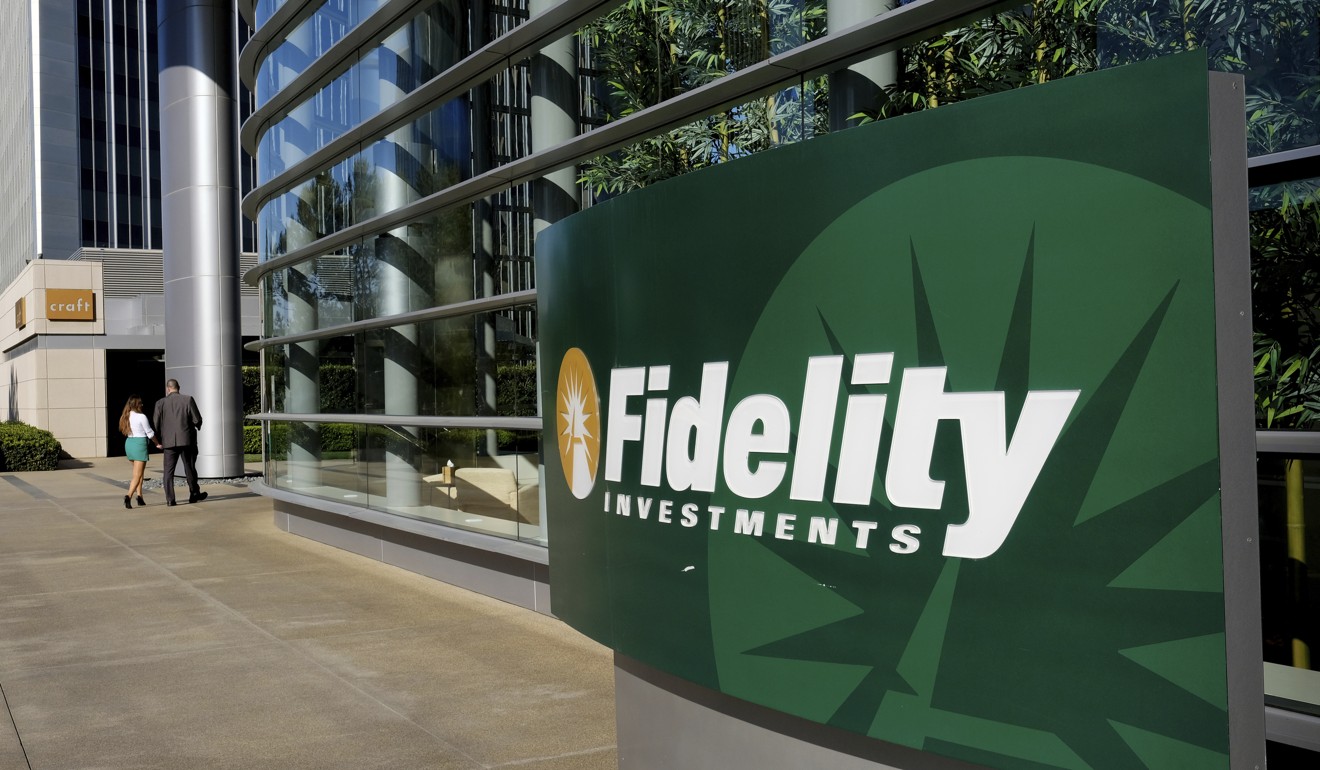The realities behind stuttering ‘risk on, risk off’ investment strategies
The last 10 years have forced some clients to maintain two portfolios: low risk, low return fixed income products, and high risk assets such as structured financial products, derivatives and alternative assets

The recent international sell off and volatility in equities reveals weaknesses in clients’ portfolios, especially if you consider how financial advisers and investors have been lulled into a world of near permanent zero to low interest rates since the global financial crisis.
Risk premiums were suppressed, and wildly distorted the pricing of equities and real estate.
Over the last decade wealth managers have lamented how clients were either reluctant to take any risk or desperate to take too much risk, after sidelining their portfolios for years.
“Risk on and risk off” became a new way to described stuttering strategies. In public, private bankers and advisers carefully stick to their prepared script about maintaining “a globally diversified portfolio of fixed income and equities”, resulting in very low returns.
But, the dirty secret is much more schizophrenic: the last 10 years have forced some clients to maintain two portfolios.
One is low risk, low return fixed income products and the other comprises high risk assets such as structured financial products, derivatives and alternative assets.
Depending on the size of your account and your willingness to sign all the regulatory waiver forms, you can access all sorts of exotic and high risk vehicles – the same ones that existed before the financial crisis.
Risk versus return strategy mismatches were bound to percolate to the surface at the institutional level. This week, a CNBC report in the US described how certain mutual funds in Fidelity’s flagship retirement franchise outperformed 85 per cent of their competitors – but perhaps by taking too much risk.
Client money has steadily flowed out of its Freedom Funds as retirement plan sponsors move investors’ savings to other competitors.
About 6.2 million US investors have invested US$224 billion in Freedom Funds accounting for about 10 per cent of the firm’s assets under management.
Since the strategy first surfaced in 2014, Fidelity has substantially increased exposure to equities, including those from volatile emerging markets.
But CNBC explained that advisers are uneasy with how Fidelity boosted performance by increasing risk.
More importantly, the asset manager also modified a long-standing belief of adhering to preset allocations of stocks, bonds and other assets in target-date funds.
Instead, Fidelity portfolio managers now try to time market shifts. For example, regulatory filings showed how they re-allocated and timed risk by moving billions of dollars out of money-losing commodity positions and into Chinese stocks and US tech shares.

Global financial regulation and a confluence of never-seen-before risk and return problems facing investors have hamstrung the asset management industry’s ability to offer creative solutions.
For example, a history of legal liabilities and huge fines demanded by governments due to “mis-selling” investment products and services, such as Lehman minibonds and accumulator, have coerced asset managers into a protective attitude.
Avoiding a discussion of fundamental investment ideas and specific stocks along with the rise of financial technology has made goal-based investing more palatable for both sales people and clients.
Most investors don’t have the will or energy to focus on investment activities. Managing money isn’t an attractive or relaxing second job.
[Wealth managers’ and marketers’] emotional response to investors’ needs and wants, plus their preoccupation with routine, keeps them from seeing the glaring risks in today’s markets
It’s far easier for wealth managers and marketers to sell their life dreams to clients: retirement at 60 and sending your children to overseas universities, in an easy to understand – an almost black box kind of solution. Passive investment vehicles like ETFs are much easier to explain than a new tech listing.
This emotional response to investors’ needs and wants, plus their preoccupation with routine keeps them from seeing the glaring risks in today’s markets. The sales ploy is refined and driven to higher scale by robo-advisers which efficiently compile a risk profile through an online survey.
But, most clients don’t realised that some of these robo-advisers invest your money in structured derivative products that are actually more risky and costly than you imagine.
Thus, over the last 10 years, passive indexing has crowded out active managers without any reversal in sight. Perhaps, recent market events and fund industry changes will revive active managers.
Fees have fallen dramatically, many active and alternative investment vehicles have closed. Passive investments keep growing (US ETFs in January attracted $68.1 billion – the most ever in a single month).
The pressure is on surviving active managers to demonstrate sustainable outperformance returns. Otherwise, investment momentum will continue to favour passive strategies.
Active management out performance has a better chance of emerging after a more prolonged sell off in market indices. Then, active managers who are invested in more obscure ideas, stocks and situations can actually stand out.